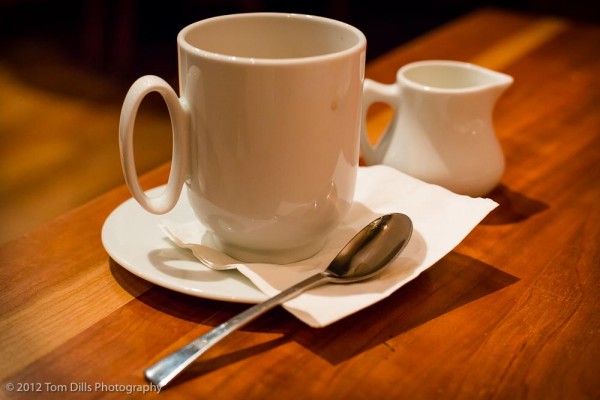
Several weekends ago, Kathy & I were having an interesting discussion about why someone should or should not shoot in Program or Auto mode on their camera instead of using one of the “serious” modes such as Manual, Aperture Priority or Shutter Priority, and what might be right or wrong with that. I don’t think there is anything wrong with that, actually.
Kathy knows more about the workings of a camera than a lot of people I know who have spent much more time in photography. But she also knows that trying to remember all those things can sometimes take the fun out of just going out and making photographs. So she asked me, and we talked about, “what’s wrong with just shooting JPEGs in Program Mode?” What’s wrong, indeed? Kathy & I were talking more in terms of the camera, in many cases, being smarter than we are. And to a certain extent, she makes a very, very good point.
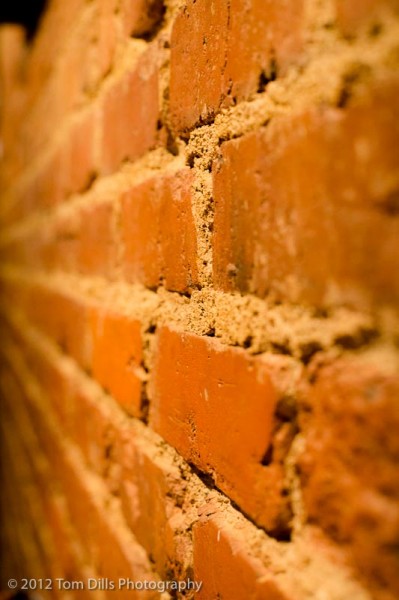
My very first SLR was a Konica TC that I bought back in the late 70s, and while it had a meter, it was Manual everything, so when I set the aperture, a little needle would tell me whether my shutter speed was high or low, so I adjusted until I had it where I wanted it. And I learned about things like exposure compensation the hard way, after I got the film back and tried to remember what I did! But because I first learned photography with a camera that only had manual controls, it’s pretty easy for me to think in terms of aperture or shutter speed on the fly – I have “Program Mode” in my head!
I put the Konica away sometime in the 80s then shot for years with a number of different point & shoot cameras while the kids were growing up. This worked fine until I decided to get back into photography more seriously and bought a Nikon N70 around 2000. It had auto-focus and auto-metering! But I mostly shot it in Manual and Aperture Priority because that’s what I was used to. I would venture to guess that most people buying that camera, however, probably shot it in Auto mode.
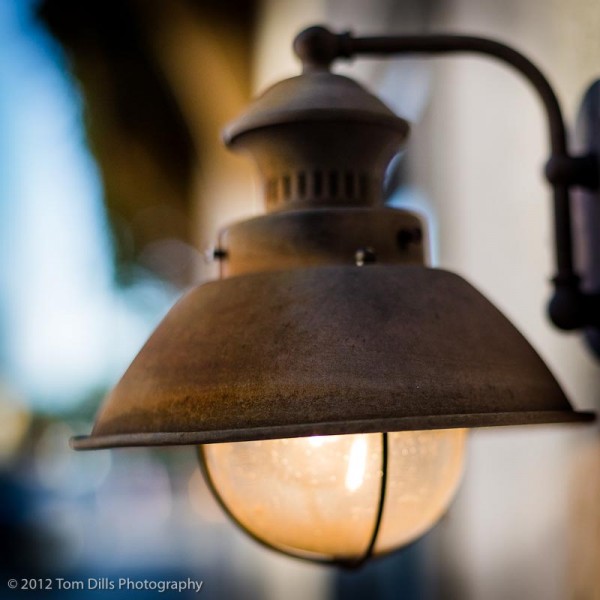
Shortly after buying the Nikon, someone suggested that I needed to buy a medium format camera, so I went out and bought a Mamiya 7 rangefinder and a 65mm lens. Soon after I added a 50mm lens and a 150mm lens. That camera was manual everything with a funky little meter that, once you learned how to use it, worked pretty well. Again, I was perfectly comfortable with the manual exposure controls and manual focus, because that is how I learned. I eventually ended up trading all that Mamiya film stuff in toward a Canon 5D. And I’ve wished for that Mamiya 7 back until recently, when I got my 5D Mark III. That is the first camera I can say is better than the Mamiya 7, but that’s a story for another post.
In a recent post on his blog, Paul Lester talks more about how people are perfectly satisfied with photos they are taking with their phones. No controls, no exposure compensation, no thought, just point and shoot. Paul recently met and talked with photographer and teacher Ibarionex Perello who told him that he no longer teaches aperture in his classes, because no one wants to know about it. Students can’t be bothered learning about depth of field or the effect of aperture on shutter speed. They just want to take pictures. I’m sure some of them will eventually drift into the World of Manual as they explore various creative options, but most of these students will be perfectly happy using their cameras in Program mode, and if they want to get creative with their photos, they can always do that later with software.
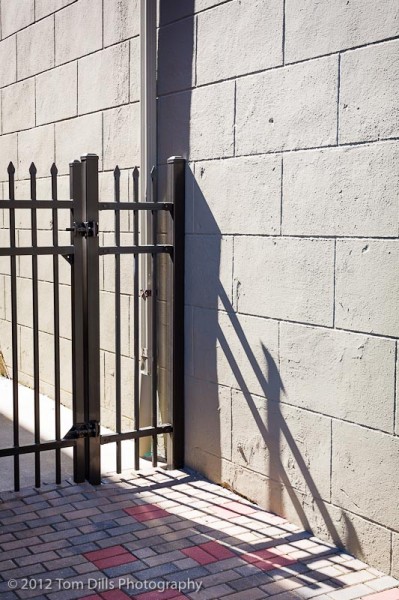
Along this line, some of the commentary surrounding the recent Canon EOS-M camera has fascinated me. Like the Nikon mirrorless cameras, they are designed to shoot primarily in Program or one of the various “custom” or “scene” modes. While they do have the ability to shoot in a manual or semi-auto mode, those controls are menu-based instead of accessed simply by turning a dial or two. This has fostered some real debate. Hardly anyone has actually touched one of these cameras yet, let alone shot a few photos with one, but immediately the analysis and commentary began. People started using words like (and you can find them easily) “crippled,” “mundane, run-of-the-mill, off-the-shelf-with-spare-parts,” “uninspired,” No EFing Viewfinder!!! Well that is a deal-breaker for me.” Every camera that is introduced inspires its share of forum jockeys who are too busy making excuses about every camera that comes out that they never get around to actually taking photographs. Give me a break!
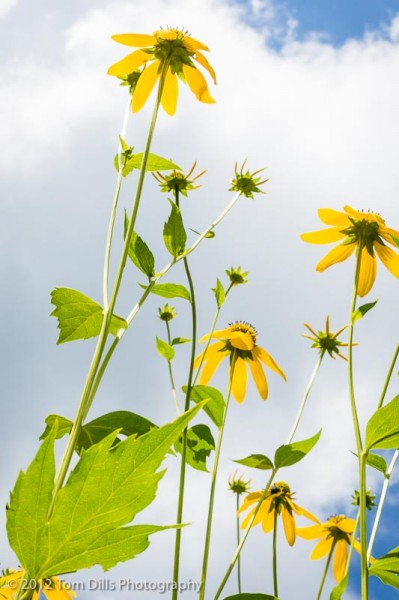
Do you honestly think that a company with the research and marketing budget that Canon, Nikon, Pentax, Olympus, Sony and others have is going to bring out a brand-new camera that is such an immediate failure that no one will want it? Probably not. It’s just that so many of these photographer wannabes think that no one else in the world could possibly want to shoot in Program Mode. In truth, I think these cameras are aimed squarely at a very clearly-defined market. It just ain’t us, sorry. Canon will probably sell millions of those cameras. And that will fund the next 5D megacamera that I’ll want!
There is absolutely no reason that a person with a basic level of interest in photography has to shoot in anything but Program to be serious about their photography. Granted, for a lot of us more serious folks, the ability to control exposure and depth of field is critical. But we often forget how long it took us to get to the point where we were comfortable with manual controls. I shot in Manual for years before I really learned how to control background blur or balance exposure between a bright sky and a dark foreground. But today, some cameras can figure that out for you, and for all the money we pay for our equipment, we might do well to just let it!
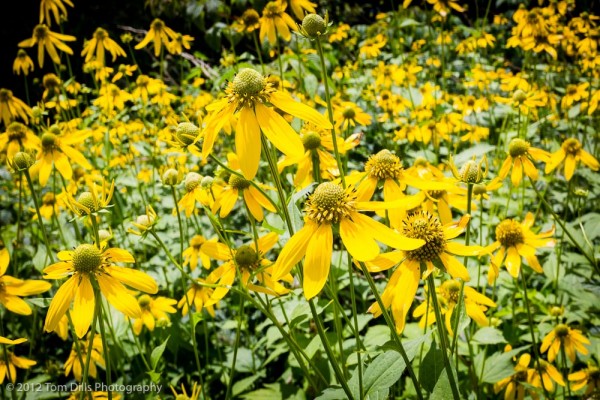
So anyway, someone who is starting out and just wants to let their camera take pictures will do perfectly well over 98% of the time. And if they shoot JPEGs and learn how to properly expose their shots they won’t need to work on their photos in software. What a deal! I know a number of successful commercial photographers who shoot everything in JPEG and beat the snot out of a lot of people who shoot RAW. Granted they are probably using manual controls and are sometimes using studio lighting, but if you know what you are doing, it’s no different than shooting slide film. Remember that?
In many ways, photography is like riding a bike. We don’t start off riding the fanciest machine that a Tour de France participant would ride. As kids we start off with a single-speed bike with training wheels. As adults getting back into cycling we might dust off the old “10-speed” and ride it around for a while. Eventually we will decide that we could be more comfortable, ride faster or generally be happier with something newer, lighter or more advanced. If we get really serious we buy the shoes, the jersey and the spandex shorts so we really look the part.
The same holds true for photography. Those starting out will use their phones, their point & shoot cameras or their SLRs – all in “P” mode. And for most people that’s as far as they’re going to get. A few of them will start experimenting with things like depth of field and shutter speed and realize that the camera they are using might not suit their needs. At that point they might move up to something with more manual controls, or they might just make do with the camera they have.
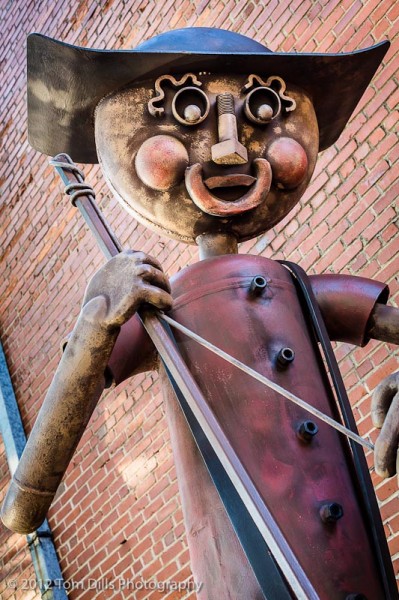
Kathy understands a lot of the mechanics of photography, but wants to spend more of her time looking at the scene in front of her and pondering composition and expression and less of it on figuring out the right f-stop. And I support that. If she gets turned off now by all of the technical stuff and gives up the camera entirely, than how is that success? If she can enjoy what she is doing now, and later gets to the point where she wants to do more with the controls, I think that is perfectly fine. And if she never moves beyond the “P” setting but enjoys her photos, that is perfectly fine and I support it! There are many ways to do this photography thing, and very few of them are wrong!
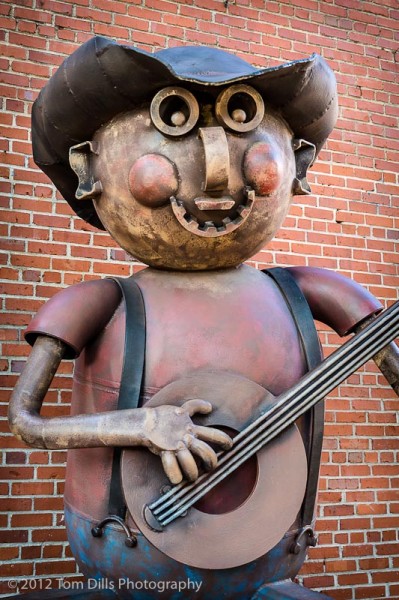

Okay this is well written and of course I found one sentence that rings true in my understanding, “There is absolutely no reason that a person with a basic level of interest in photography has to shoot in anything but Program to be serious about their photography.” I once attended a seminar for wedding photographers where one participant asked the instructor what mode did he shoot weddings in. He responded, “The ‘P’ mode which stands for Professional mode.”
One of the nice features on my D300 is the ability to change my aperture while in the “P” mode by rotating one of my control dials. So when seeing an image where I want to change my depth of field, a simple rotation of my thumb and it’s done.
Good thoughts and thanks for sharing.
Thanks, Monte. I think my Canons will do that shiftable auto thing, but frankly I’ve never tried. One of these days I’m going to pull out the manual and figure out how to use those things! 🙂
Good post, Tom. I would agree with Monte in that “P” can be used for anything, serious or otherwise. If you know how to use exposure compensation, you’re good. You need not go to any other mode, save for when depth of field or shutter speed becomes part of the creative process. Weddings, for the most part, are a prime example … at least in my opinion. 🙂
I’ve used Program a few times when I was using flash and couldn’t get the exposure right. Joe McNally I’m not!
I like the “P” mode but seldom use it because, like you, I prefer to be in control of the mechanics of the process. And the P mode is sometimes different depending on the make and model of the camera, so you really have to do your homework up front. I just happy that it’s there when you need it.
Good point. “P” has different meanings depending on the camera.
“P” mode allows the camera to use calculated averages to get the best balanced over-all photo which is great for those times “when getting the shot” is highly important…for example, weddings. No do overs! This mode can be used anytime and IMO there’s nothing wrong with that…a good photo is a good photo.
However, a best balanced photo is not always the effect a more experienced photographer is going for. Sometimes a shallower depth of field, longer exposures, under exposures, etc. may be preferred for artistic reasons. When and if, and it’s not a requirement, a photographer starts to explore these areas they often begin limiting the cameras control by shifting off “P.” However, I don’t think there is any superiority in shooting manual over “P”…it’s just another way to use the tool.
“Just another way to use the tool”…my thoughts exactly, Earl.
My biggest issue whit “P” mode, at least on Canon, is that it won’t let you shoot RAW. I refuse to shoot JPG, too many shortcomings.
I’ll have to check that out, Rob. I thought I could shoot RAW in Program, but perhaps not.
Sorry Tom, my mistake. I was thinking full auto (green square)